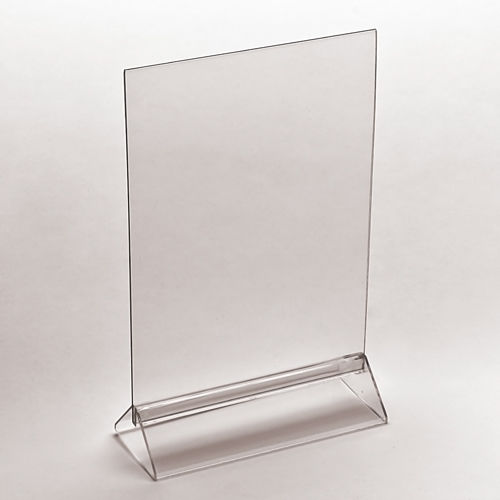Mica curated her world-class collection with the belief that art can connect us and builds bridges across different cultures. This is apparent in her impressive collection that focuses on the diverse styles.
Use glow pigments to give your slime recipe an intense color. Mica powder is also an excellent colorant for alcohol inks.
Mica Art
The story of mica art is rich and fascinating. The mineral mica, a natural stone, is created from layers of potassium-silicate structures that can be separated into thin sheets. The mica sheet is then utilized in craft and art projects to add sparkle to paper crafts or shimmering colors to paintings. Mica powder is also used as a coloring agent in candles and soaps.
Although mica is used in a variety of ways but it is essential to keep in mind that it’s not as durable as glass or metals. Although mica is non-toxic however, it can be easily damaged or crushed. It is important to use a mask while working with mica. This fine powder dust can be inhaled and cause irritation of the nose or eyes.
Mica has played an important role in many forms of art throughout the centuries ke menu mica a5. Mica crystals can be found in the vibrant gulal abir and traditional water clay pots used by Indians during Holi. The majestic Padmanabhapuram Palace in Kerala, India features colored mica windows.

In the 18th and 19th centuries, mica painting was a highly popular form of Indian art. These mica paintings are significant because they provide unfettered depictions of Indian life, unaffected from Western influences. Mica was a medium which dried quickly and efficiently unlike tempera or oil.
Mixing mica pigments with oil paints such as Linseed, you can make mica-based paints. Mica powders can be added to clear alcohol inks for various shades. These inks are great to stamp or draw on paper. They can be used to color the homemade acrylic slime with which is a neon-colored.
Mica Sheets
Mica is a highly versatile material that is commonly employed in a range of industrial applications. Sheet mica is comprised of thin, lightweight sheets that are made of either muscovite or phlogopite. Mica sheets that are rigid are very stable and are suitable for static or high-stress applications. Flexible mica sheets are encased in a binder flexible, which lets them wrap around and bend over objects without losing their insulation properties.
Mica sheets are commonly employed in electrical insulation as well as high-temperature applications. Mica sheets are commonly utilized in transformers and commutators as well as electric motors to provide a reliable insulation against extreme temperatures. They are also used to line furnaces and kilns with exceptional resistance to heat.
Mica powder has been used in decorative applications for many years. Mica powder is used in clay pots as well as traditional Pueblo pottery, Kirazuri printing techniques and woodblock printing to enhance the colour of pigments. Mica powder is also used to create isinglass panels to make windows for coal, kerosene or wood burning stoves.
To produce mica, miners must excavate the rock from beneath and after that cut it into the required sizes. Mica is graded and sorted before it is sold. Then, it is subjected to the process of the process of calcination. It takes away water crystallization and alters the properties of the mica.
The mica sheets are then joined with organic silicon resin at high temperatures to form mica paper. The mica paper is offered to different industries for applications that range from electrical insulation to fire retardant and heat shielding coatings. Mica is also used in the industry, such as a paint substrate and enamels. The mica’s surface is textured. will increase the durability and gloss of paint.
Engraving Techniques
Mica is an extremely multi-faceted mineral that is extremely versatile. It has a wide range of cleavage surfaces, which range from smooth and glossy (phlogopite) as well as transparent and black (lepidomelane). The color ranges from nearly transparent to diverse shades of brown red, green and grey, all the way to black. Mica flake can be embellished with gold or silver and utilized in the creation of decorative arts as well as jewelry. Mica isn’t a great conductor of electricity or heat, but its lustre makes it appear somewhat reflective. Mica is also a good source of inclusions, from flattened crystals of garnet to quartz-like films and needles of tourmaline. Mica also displays asterism, an occurrence that creates a candle-flame or a spot of light to appear like an asterism when seen through the clear sheets.
Micas include aluminum, potassium sodium lithium and rarer elements like casium and rubidium. Some types of mica are quite tough however the majority are soft. They are poor conductors of electricity and very inefficient at transferring heat however, they are very stable in thin sheet form and can withstand a lot of tension.
This method is different from other techniques of printing in that it uses an instrument with a wedge shape called burin for making the incisions, which results in clear, sharp lines. Due to the design of this process, line engraving produces only linear marks; to achieve shade and tone, it has to be used in conjunction with other methods. The first masters of the art, Martin Schongauer and Albrecht Durer Both were born to goldsmiths as fathers, and the technique appears to have developed from niello plaques–small engraved plates with silver or gold which the incisions were filled dark metal to create shadows.
Line engraving was eventually replaced by other printmaking techniques such as mezzotint or the etching. It is still is used for some modern prints and recently has seen an increase in popularity among artists. It is an easy and cost-effective method to create prints, and is possible to do with nearly any type of paper.